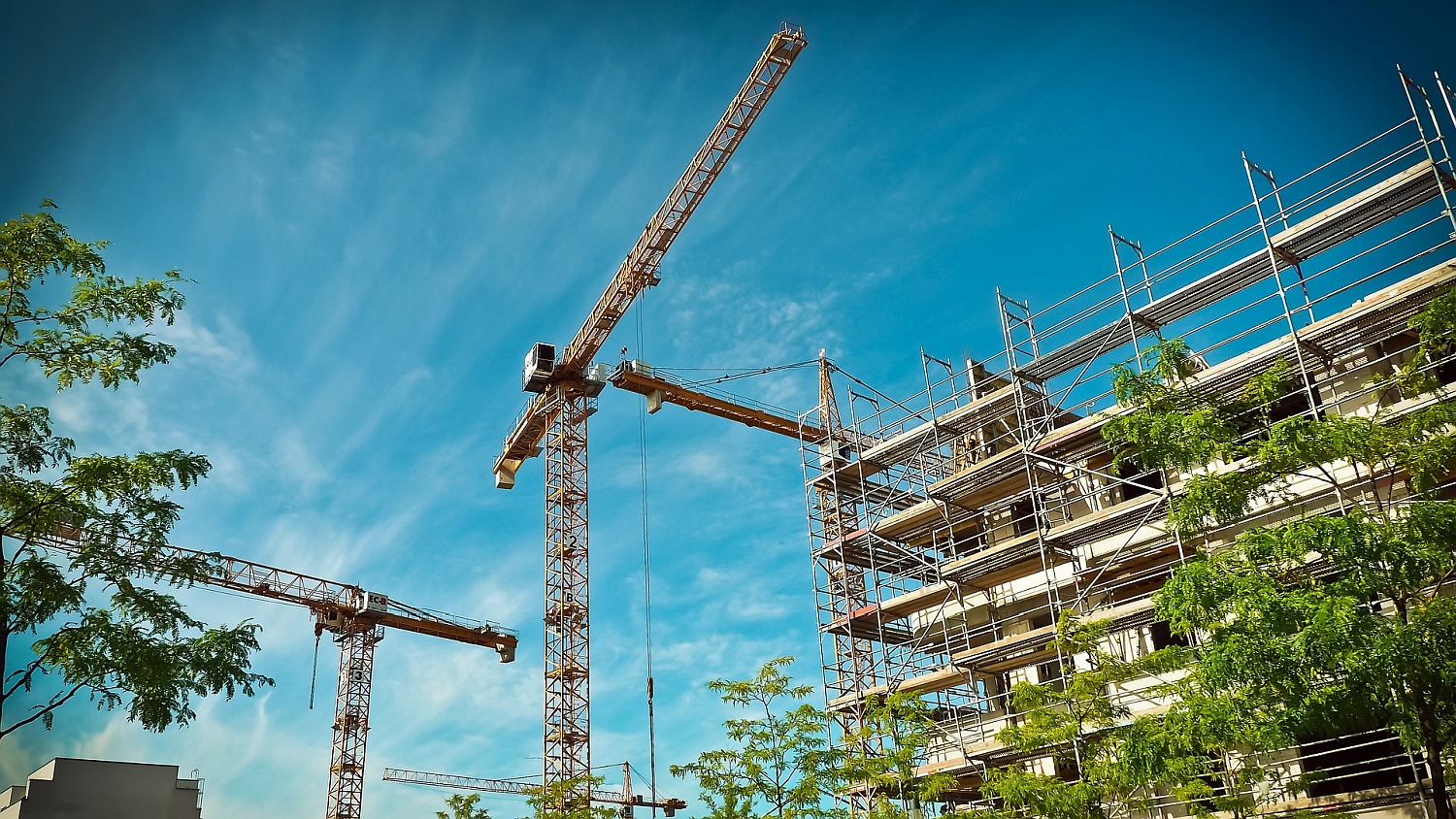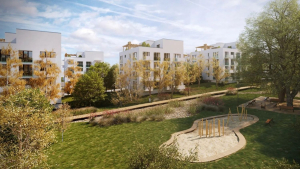
Despite the lack of significant changes in credit availability, high inflation and rising prices, residential property sales in the last quarter of 2022 bettered the previous quarter’s performance. Sales growth was recorded in each of the six major markets with an average q-o-q of 29%, says JLL advisory agency.
The increase in sales may have been a rebound in demand from a very weak Q3 2022. The desire to improve sales performance before the end of the year was also fuelled by some developers' willingness to finalize transactions at lower than listed prices and customers going through with purchases due to receiving larger discounts. On the other hand, this may have been partly the result of prospective purchasers becoming accustomed to inflation and high mortgage interest rates. Another important fact was the mild winter and the absence - especially in large cities - of problems with heating and electricity supply. In addition, the Christmas period, as is the case every year, improved consumer sentiment.
Buyers' decisions were also influenced by news of a sharp reduction in the start of new developments. The period between October and December 2022 saw new supply drop to about 6,800 new properties. In markets that entered 2022 with relatively limited offers, better sales, the suspension of sales of some developments as well as lower new supply allowed the end-of-year offer volumes to approach those of the sales from the last four quarters.
Is the prospect of further price increases a deciding factor?
"Some buyers may have concluded that the deceleration of new developments will be reflected in the low number or even absence of completed apartments in late 2024 and 2025. Assuming there is a marked recovery in demand during this period, this could have the effect of pushing prices even higher. For these buyers, this would mean a relatively good return on investment," says Aleksandra Gawronska, Director of Residential Market Research, JLL.
As for the current average offer prices of sold apartments, there has been a several percentage point increase over the past year in all markets apart from Warsaw. In the capital, the prices of sold apartments rose by 8.0% y-o-y. However, the end of the year differed from other quarters. Three markets saw quarterly declines in average prices of units sold, the largest registered in Kraków (-4% q-o-q), followed by Poznań and Wrocław with -2.3% q-o-q and 1.4% q-o-q, respectively. In Warsaw and the Tri-City, prices of sold units remained virtually unchanged, while in Łódź they increased by 2.8% q-o-q. It should be remembered that when more expensive apartments enter the market and replace the less expensive units that have been sold, the average prices of apartments, remaining on offer, naturally increase. As a consequence, this does not necessarily mean that apartments have "gone up in price." On a year-over-year basis, the greatest increase in prices of apartments on offer was in Wrocław and Kraków with 22.6% and 18.6%, respectively. A double-digit increase was also recorded in Poznań, with the market coming in with a 16.5% rise. In the other three markets, Warsaw, the Tri-City and Łódź, the prices of apartments on offer rose between 9 and 10% during the year.
The relative stability of cash purchases indicates that there is a large group of people convinced that prices will rise markedly in the next 2-3 years and that rents will also continue to rise. Cash demand was also most likely aided by a slight increase in the number of loans taken out, made possible on the one hand by an increase in creditworthiness, and on the other by the acceptance of higher interest rates and the hope that they will fall in the future. The number of loans issued, according to data published by BIK, has been at record low monthly levels in recent months, with around 6,000 monthly loans issued nationwide for both the primary and secondary markets as well as the construction of single-family homes.
Will these trends continue?
Demand in 2023 will be influenced not only by the facts but especially by how the future looks to different groups of potential buyers. Those who are likely to get a fixed-subsidized rate loan under a recently announced government program will probably hold off on a purchase decision until the parliamentary bill has gone through the entire legislative process and they are confident that they will actually be approved for the loan. Those hoping for a more favourable interest rate based on WIRON will behave similarly, although in reality, it is not at all certain that they will actually gain from it. Borrowers with credit rating issues will wait for the FSC's decision to lower the prudential buffer.
Also unknown is the attitude of smaller and larger investors looking for more rental units. Reason tells them to wait until the government finally decides whether it will tax vacant units or rather limit the number of apartments that the same buyer can purchase in a given year and whether the restriction will come into force in a specific city or nationwide.
"The closer we get to the election date, the hotter the discussion is likely to become regarding the various parties' ideas for solving the housing problem. Some proportion of potential buyers may make their decision based on the outcome of the elections, hoping that the winning party will introduce changes favourable to them. This may be especially true with regard to how quickly EU regulations aimed at reducing the carbon footprint are implemented, and the increase in costs associated with this legislation. Subsequent proposals and changes to the housing market are likely to affect buyer sentiment," adds Aleksandra Gawronska, JLL.
We are also looking at another wave of investment purchases of apartments located outside Poland, at a safe distance from the eastern border. This will depend on the scale of the escalation of military activity in Ukraine, but if we experience this then the scale of investment purchases in Poland will be noticeably lower. This could also mean another wave of refugees and another surge in demand in the rental market.



